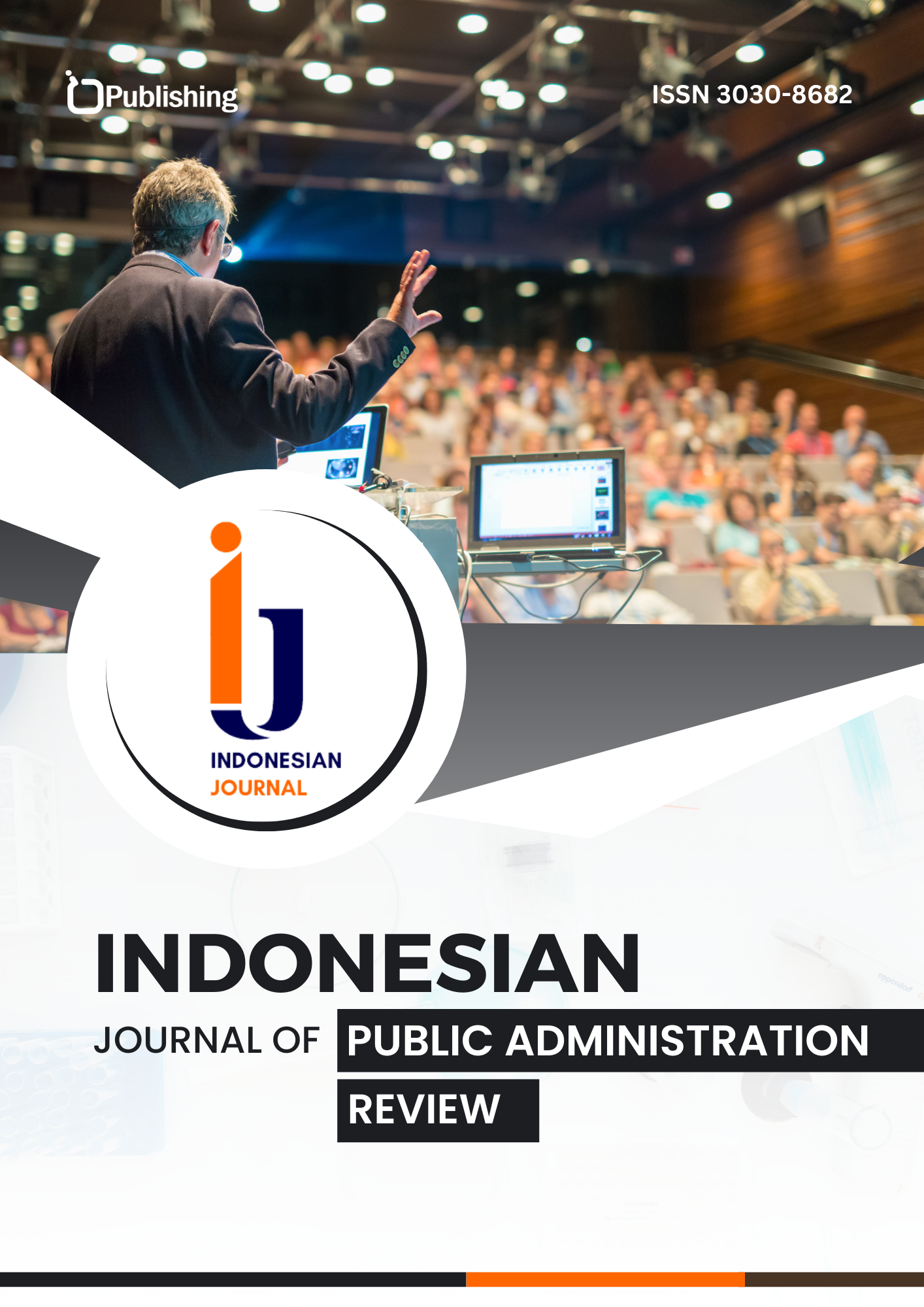Analisis Kebijakan Pemerintah Daerah dalam Mencegah Timbulnya Penyakit HIV-AIDS Pemerintah Kabupaten Jember
DOI:
https://doi.org/10.47134/par.v2i3.4096Keywords:
HIV/AIDS, Government, Policy AnalysisAbstract
This study aims to analyze the Jember District Government's policy in preventing the spread of HIV/AIDS, a health issue that continues to pose a serious threat both nationally and globally. Jember District recorded a significant number of HIV/AIDS cases by 2024, thus encouraging the local government to implement various prevention policies and programs. This study uses a qualitative approach with descriptive methods through observation and documentation to evaluate the effectiveness of local policies, identify barriers, and formulate alternative solutions. The results show that prevention policies have been implemented through the provision of health services, educational campaigns, and collaboration with NGOs and international organizations. However, challenges such as social stigma, budget constraints, lack of community participation, and lack of inter-agency coordination remain major obstacles. This study highlights the importance of a community-based approach involving community leaders and religious leaders in education and stigma reduction efforts. More innovative, inclusive and sustainable strategies are needed to improve policy effectiveness, including strengthening coordination between agencies and developing programs based on local values. This research is expected to serve as a reference for more comprehensive policy development in other regions facing similar challenges.
References
Achoki, T. (2022). Health trends, inequalities and opportunities in South Africa's provinces, 1990–2019: Findings from the Global Burden of Disease 2019 Study. Journal of Epidemiology and Community Health, 76(5), 471–481. https://doi.org/10.1136/jech-2021-217480
Afnan-Holmes, H. (2015). Tanzania's Countdown to 2015: An analysis of two decades of progress and gaps for reproductive, maternal, newborn, and child health, to inform priorities for post-2015. The Lancet Global Health, 3(7). https://doi.org/10.1016/S2214-109X(15)00059-5
Anderson, J. E. (2015). Public Policy: Perspectives and Choices. Cengage Learning.
Bardach, E. (2012). A Practical Guide for Policy Analysis: The Eightfold Path to More Effective Problem Solving. CQ Press.
Black, R. E. (2017). Comprehensive review of the evidence regarding the effectiveness of community-based primary health care in improving maternal, neonatal and child health: 8. Summary and recommendations of the expert panel. Journal of Global Health, 7(1). https://doi.org/10.7189/jogh.07.010908
Chanda-Kapata, P. (2022). Tuberculosis, HIV/AIDS and Malaria Health Services in sub-Saharan Africa – A Situation Analysis of the Disruptions and Impact of the COVID-19 Pandemic. International Journal of Infectious Diseases, 124. https://doi.org/10.1016/j.ijid.2022.03.033
Chang, A. Y. (2019). Past, present, and future of global health financing: A review of development assistance, government, out-of-pocket, and other private spending on health for 195 countries, 1995–2050. The Lancet, 393(10187), 2233–2260. https://doi.org/10.1016/S0140-6736(19)30841-4
Chirwa, G. C. (2020). “Who knows more, and why?” Explaining socioeconomic-related inequality in knowledge about HIV in Malawi. Scientific African, 7. https://doi.org/10.1016/j.sciaf.2019.e00213
Cluver, L. D. (2019). Improving lives by accelerating progress towards the UN Sustainable Development Goals for adolescents living with HIV: A prospective cohort study. The Lancet Child and Adolescent Health, 3(4), 245–254. https://doi.org/10.1016/S2352-4642(19)30033-1
Dong, X. (2018). HIV-related stigma and discrimination amongst healthcare providers in Guangzhou, China. BMC Public Health, 18(1). https://doi.org/10.1186/s12889-018-5654-8
Ferrari, A. J. (2024). Global incidence, prevalence, years lived with disability (YLDs), disability-adjusted life-years (DALYs), and healthy life expectancy (HALE) for 371 diseases and injuries in 204 countries and territories and 811 subnational locations, 1990–2021: A systematic analysis for the Global Burden of Disease Study 2021. The Lancet, 403(10440), 2133–2161. https://doi.org/10.1016/S0140-6736(24)00757-8
Gus Supriadi, G. K. (2024, December 17). 600 Warga Jember Terjangkit HIV/AIDS pada 2024, Termuda Usia 15 Tahun.
Kementerian Kesehatan Republik Indonesia. (2023). Laporan Situasi Perkembangan HIV-AIDS di Indonesia. Jakarta: Kemenkes RI.
Kooiman, J. (2003). Governing as Governance. SAGE Publications.
Kumar, R. (2014). Research Methodology: A Step-by-Step Guide for Beginners. SAGE Publications.
Lahme, A. M. (2018). Factors impacting on menstrual hygiene and their implications for health promotion. Global Health Promotion, 25(1), 54–62. https://doi.org/10.1177/1757975916648301
Nyblade, L. (2021). Stigma reduction: An essential ingredient to ending AIDS by 2030. The Lancet HIV, 8(2). https://doi.org/10.1016/S2352-3018(20)30309-X
Rahman, A., & Hasan, M. (2021). The Role of Local Government in HIV/AIDS Prevention: A Case Study in Indonesia. Journal of Public Health Policy, 42(3), 345–360.
Sgaier, S. K. (2014). Achieving the HIV Prevention Impact of Voluntary Medical Male Circumcision: Lessons and Challenges for Managing Programs. PLoS Medicine, 11(5). https://doi.org/10.1371/journal.pmed.1001641
Supriadi, D. (2023). Community Engagement in HIV/AIDS Prevention Programs: A Necessity. Indonesian Journal of Public Health, 15(2), 123–134.
UNAIDS. (2022). Global AIDS Update 2022. Geneva: United Nations.
Vladescu, C. (2016). Romania: Health System Review. Health Systems in Transition, 18(4), 1–170.
WHO. (2023). HIV/AIDS Fact Sheet. World Health Organization. Retrieved from WHO website.
World Health Organization (WHO). (2023). HIV/AIDS Fact Sheet. Retrieved from WHO website.
Downloads
Published
How to Cite
Issue
Section
License
Copyright (c) 2025 Yosvico Rafel Destrio

This work is licensed under a Creative Commons Attribution 4.0 International License.










